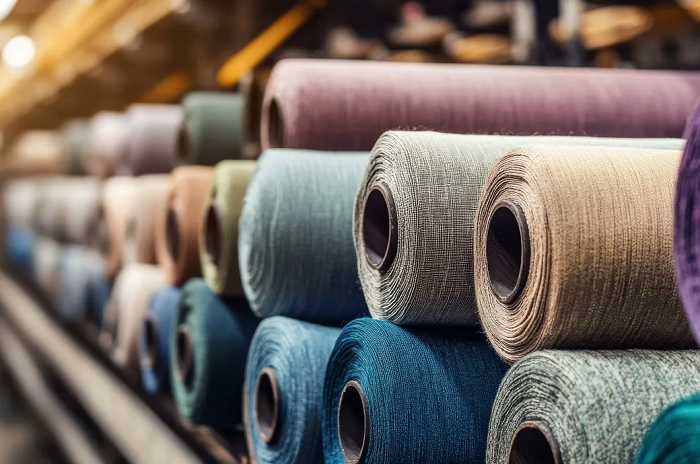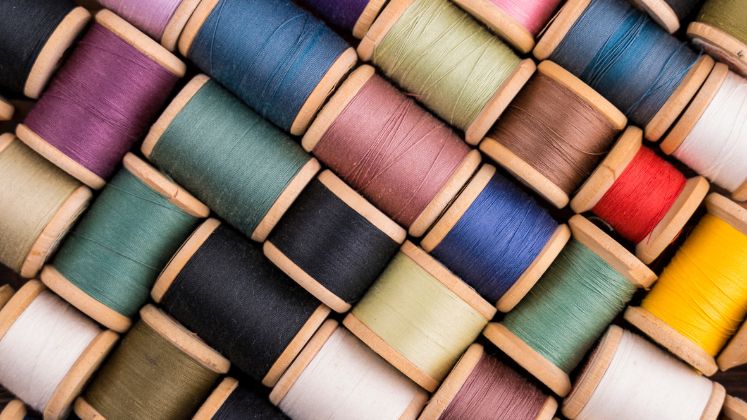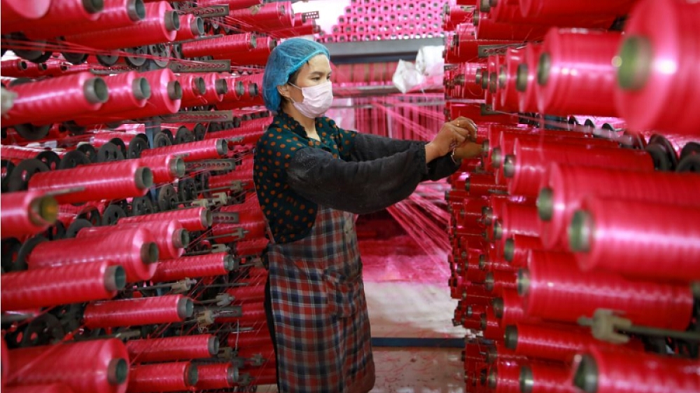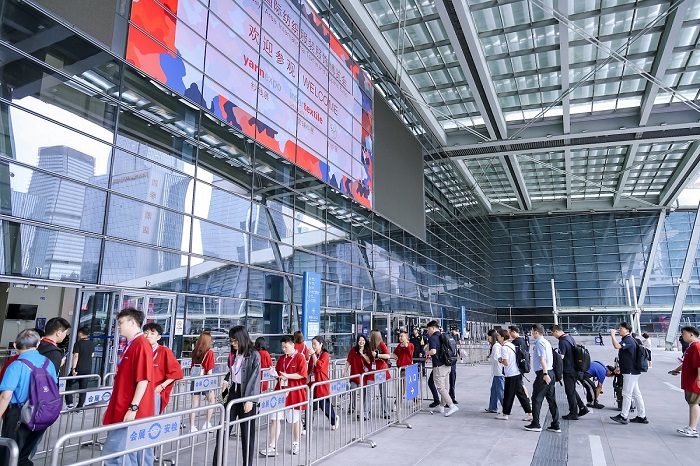 Traditionally an important contributor to economy, the performance of Indian textile industry has declined in recent years due to many factors some being global. Reports show, India’s textile exports declined 18.7 per cent in 2020. On the other hand, exports by Bangladesh and Vietnam surged during the period.
Traditionally an important contributor to economy, the performance of Indian textile industry has declined in recent years due to many factors some being global. Reports show, India’s textile exports declined 18.7 per cent in 2020. On the other hand, exports by Bangladesh and Vietnam surged during the period.
Compared to other exporters, India faces several cost disadvantages. Its power costs are almost 40 per cent more than Bangladesh. The country also lacks free trade agreements with key importers like EU, UK and Canada. Its high capital costs and import dependence for textile machines does not allow it to earn the deserved returns on investments. Additionally, the lead times of Indian manufacturers are longer than Chinese manufacturers, especially in the fashion segment.
Targeting $6 billion exports by 2026
However, things are beginning to change with COVID-19. The pandemic has led to a reformation of sourcing patterns, enabling Indian textile industry to regain its lost position in the global market. India now aims to grow its textile exports by 9 per cent CAGR till 2026. It aims to generate textile exports worth $65 billion by the period. The Ministry of Textiles has also set an ambitious target of $100 billion exports over the next five years. Export growth will also create 7.5 million to 10 million direct new jobs in the industry.
To achieve these targets, India needs to first target a $16 million rise in exports by exploiting the China-Plus One sentiment in Europe. India’s strategic depth compared to Vietnam or Bangladesh helped it achieve the status of a preferred supplier alongwith China.
Aim to be a regional fabric hub
India also needs to position itself as regional fabric hub to increase fabric exports to $4 billion. It can start by focusing on cotton exports and further extend to other sub-categories. It can also build on existing advantages in the home textiles market to increase exports to $4billion, write Neelesh Hundekari and Karan Dhal in The Economic Times. .
To boost MMF exports to $3 billion, it needs to increase its share of MMF products in the global market. It can achieve exports targets in technical textiles by building capabilities in select key sub-segments on the back of potential domestic demand growth.
$20 billion investments needed
To achieve these targets, both the industry and government need to take certain crucial steps. The government needs to follow its recent launches of schemes like PLI, MITRA and RoDTEP with their efficient implementation and leverage by industry players.
The government may also need to make fresh investments of $20 to $25 billion to achieve these targets. It will have to also ensure effective returns on these investments to attract newer ones. Reducing import duties on machinery or promoting indigenous manufacturing to bring down cost of capex can help India achieve this. It can also purse free trade agreements with key imports like the UK, EU and Canada.
Boost cost effectiveness and maximize services
To enable businesses to operate and expand effectively, India needs to boost cost competitiveness besides maximizing services, digitizing operations, building design capabilities and boosting global competitiveness by focusing on sustainability and traceability.
To distinguish itself from other competitions, India needs to become a one-stop destination for sustainable textile products manufactured by transparent value chain with best-in-class quality, at competitive rates and with minimum lead times.. The country needs to move at an accelerated pace to maintain not just its global position but also millions of jobs in the industry.












